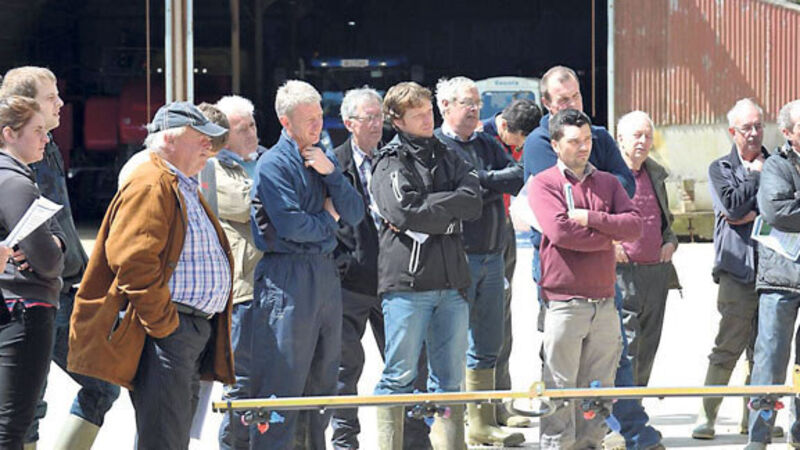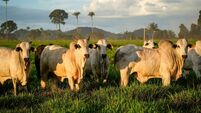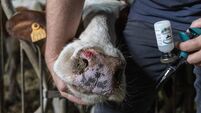Malting barley and share farmers to feel effects of crop diversification

Where the entire farm is planted to malting barley, these rules will require growers to reduce their overall acreage of malting barley, according to Teagasc expert Michael Hennessy.
In an article for the Teagasc magazine, Today’s Farm, hesaid this would result in a loss of income from the malting barley crop, potential loss of contracts in the short to medium term, and will force farmers to grow new crops such as winter barley and beans.










